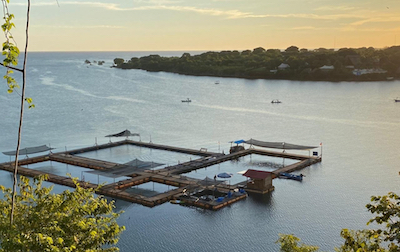Any complex organism, be it a man, or any other animal that needs a great deal of practical knowledge to survive in the wider world, is going to be at a distinct disadvantage after being held captive in an artificial environment for a number of years. This is certainly true of dolphins.
In fact, the difference between swimming free in the ocean and being confined to a tiny concrete tank could not be greater. Remember that the largest captive facilities we have to keep them in offer less than 1 10,000th of 1% of the space they have to roam in their natural environment. And the differences don’t end there.
I’d like to look at one in particular, to help us understand just how much is involved in transitioning from captivity back to the wild – that being how you obtain your food. In the wild, dolphins eat a variety of foods, all live caught and usually working in cooperation with other dolphins. They swim tremendous distances on a daily basis, often at high speeds and in strait lines for an extended period – things they don’t get to do in a tank. They rely on echolocation to find food and to communicate with one another. All of the skills required to do these things are compromised by life in captivity.
When compared to the vocalizations of bottlenose dolphins in the open sea, captive dolphins normally display a considerably lower frequency, and are much less articulated. This is thought to be in large part because of the echo effect from the walls of the pools in which they’re confined. This forces them to effectively ‘speak in a lower voice’ inside the tank. Communicating in this manner is unnatural to them, and the stress it causes leads to more frequent social conflicts with other dolphins in the tank. This (along with other sources of stress) is known to significantly weaken their immune systems while kept in captivity.
Those working to rehabilitate dolphins for release back into the wild understand very well the need for them to “recover” their voices, so as to be able to effectively communicate and successfully hunt. They also need time to let their immune systems recover, and to repair the stress-induced damage of ulcers and other ailments. The boredom of captivity produces similar effects.
In captivity, dolphins obtain food by performing a series of stupid pet tricks which could be learned by an animal with much less intelligence than they posses. The payment for what must be a mind-numbingly boring activity is morsels of dead fish. This is often supplemented with vitamins, suggesting that the dolphins’ nutritional requirements aren’t being met, and with medicines meant to address many of the ailments they typically suffer from in captivity. All training of cetaceans is based on food-deprivation, so they are fed pieces of fish throughout the day to keep them motivated and hungry to perform.
These are entirely unnatural behaviors, and the skills required for survival in captivity are in no way transferable back to the wild.
So what does it take to help a dolphin prepare for life back in the open sea? Well, to put it simply, the required expenditure in time and resources is considerable.
First, you’ll need some kind of sanctuary or rehabilitation facility to which they can be transferred. Then they’ll need to be cared for 24/7 by teams of trained, qualified people – veterinarians, caregivers, usually some security people. Immediately upon their arrival, their diet will need to be changed to fresh, whole fish. Many will need to rebuild their strength and get back to a healthy weight. They’ll need veterinary supervision and regular check-ups to monitor their progress. At some point, hopefully, it will be confirmed that they are candidates for release back into the wild, else they will need to permanently reside in a sanctuary somewhere.
So now the process of learning to catch live fish will be a necessary step in the journey back to freedom and full independence. Every dolphin will meet with varying degrees of success at this stage, but eventually those skills will need to be remastered.
Some will initially lose the fish and give up. Others, during the first few feedings, will get very nervous as soon as a fish moves in their mouth, and will let go of it and put no effort into chasing it. After a couple of weeks of patience and determined effort, trainers will often see improvement, with the dolphin putting a real effort into grabbing the live fish, and then if he loses it, chasing it to catch it again. In time, they’ll seem to enjoy the process. For now, a playtime not necessary for immediate survival, but redeveloping the critical skills that will be needed to catch and eat live fish on their own later on.
The rehabilitation of formerly captive dolphins requires a commitment to making the dolphins’ lives as natural as possible, and to gradually nurture them back to independence. It takes a considerable amount of time and resources, and people with the necessary skills (of whom we have a limited number). Finally, a steady stream of donor dollars is required to ensure the sanctuary can provide the consistent, quality care the dolphins need.
Far better to prevent any single live-capture from taking place – with the best way to do that being that we resist the opening of new captive facilities anywhere on the globe. Failing that, once we’ve deprived a dolphin of his or her inherent right to swim free, we’ve taken upon ourselves the obligation to do everything in our power to correct that wrong, regardless of cost. We owe them at least that much.
For The Orca’s Voice,
Anna, Canadian Cetacean Alliance



Leave a Reply